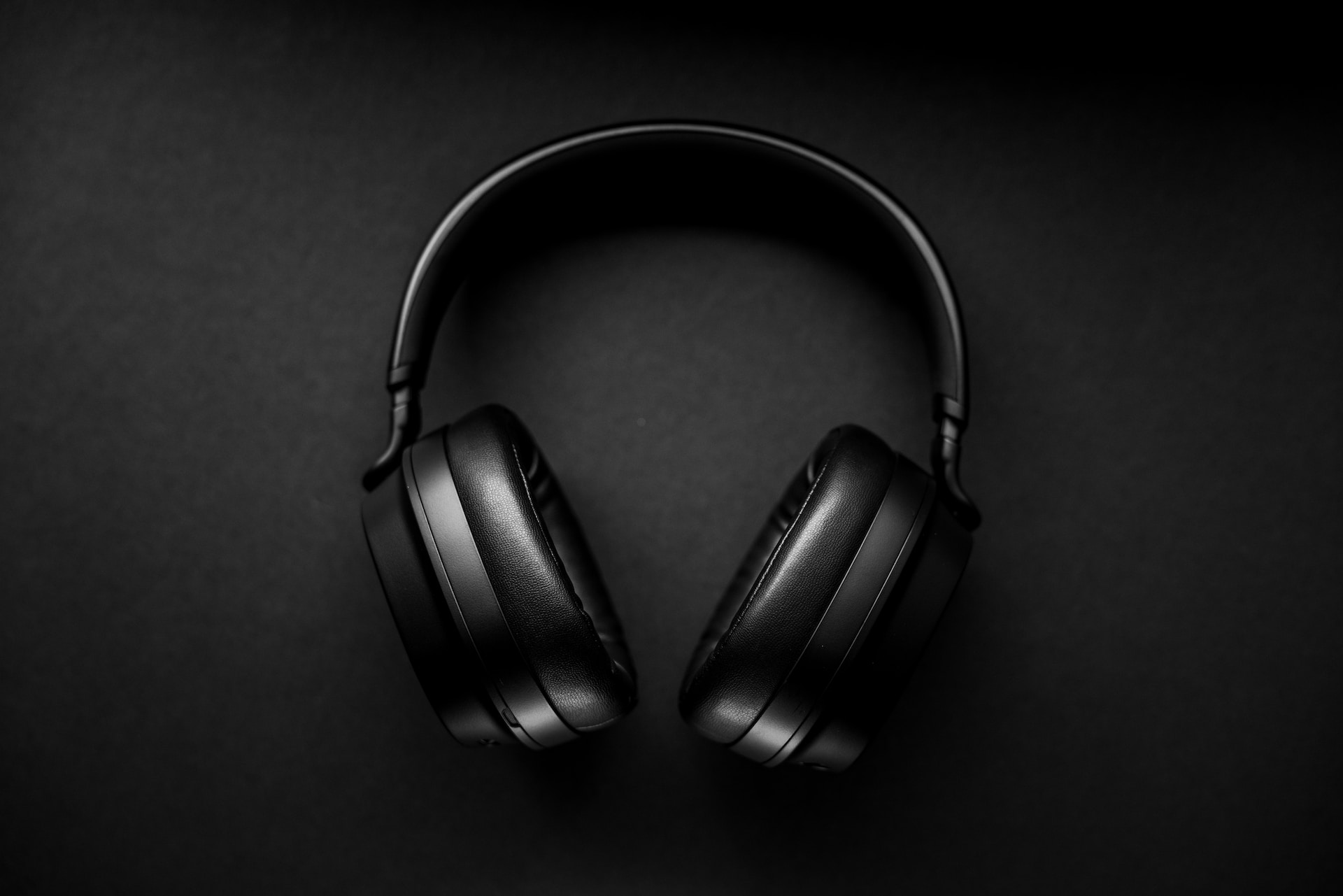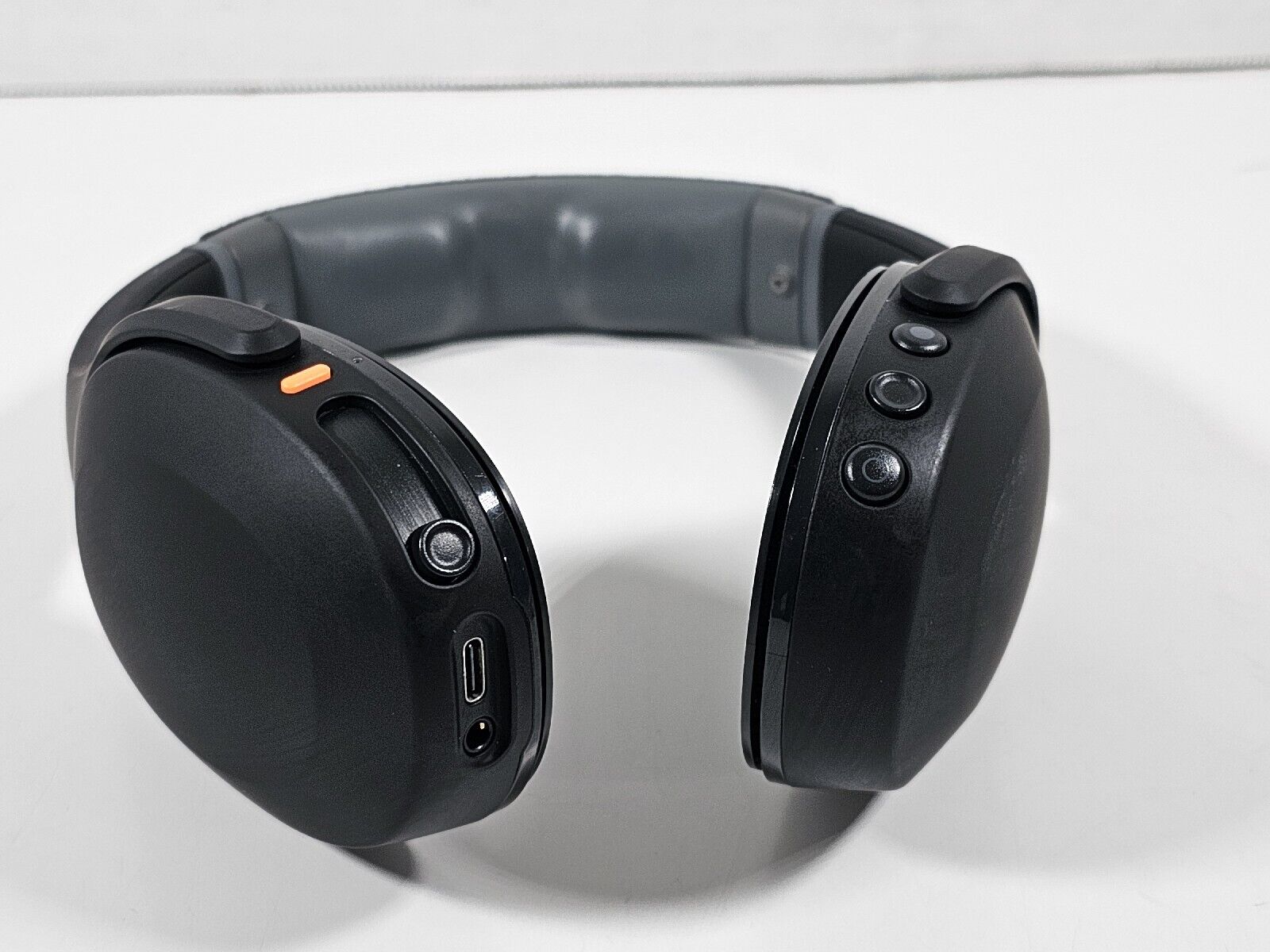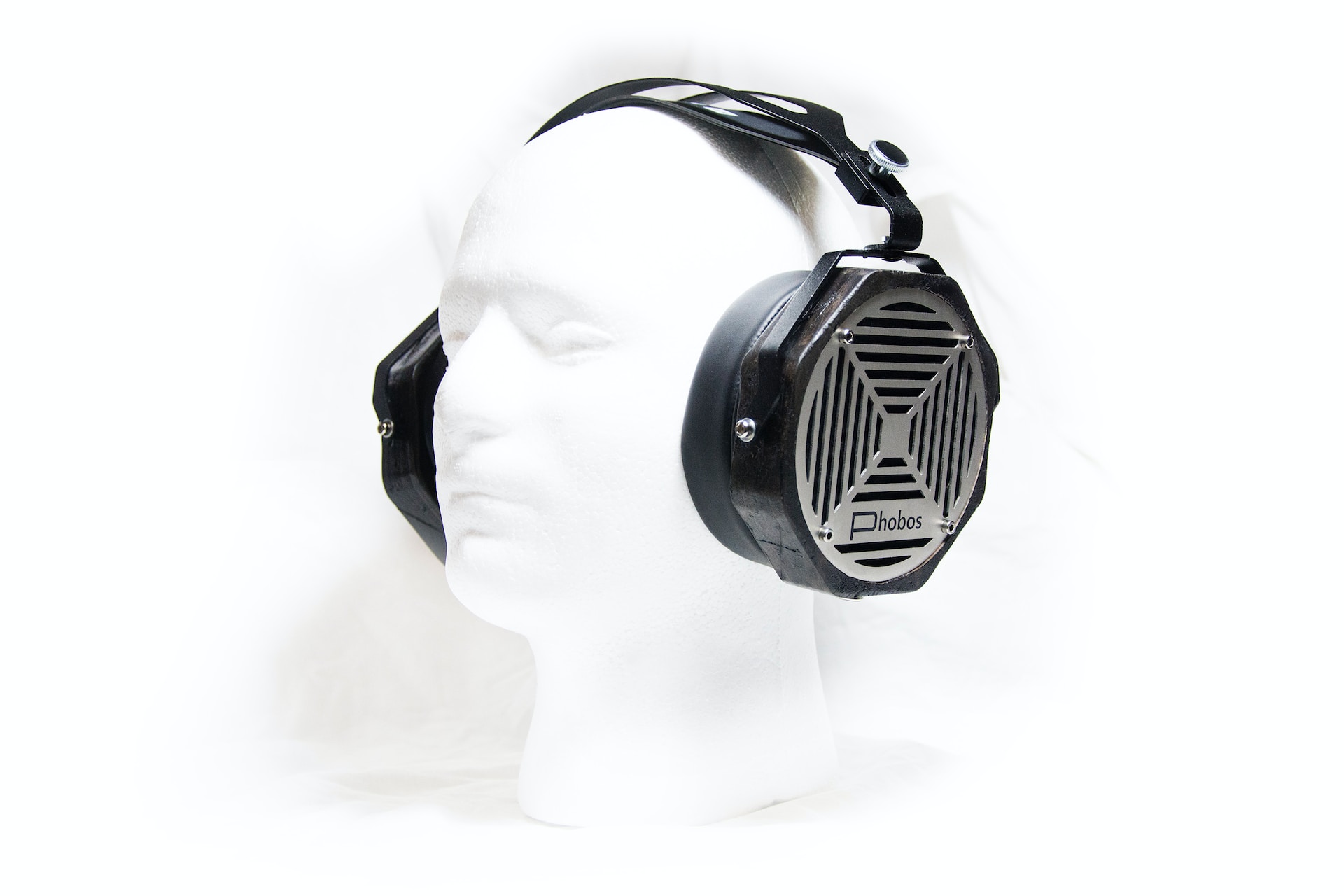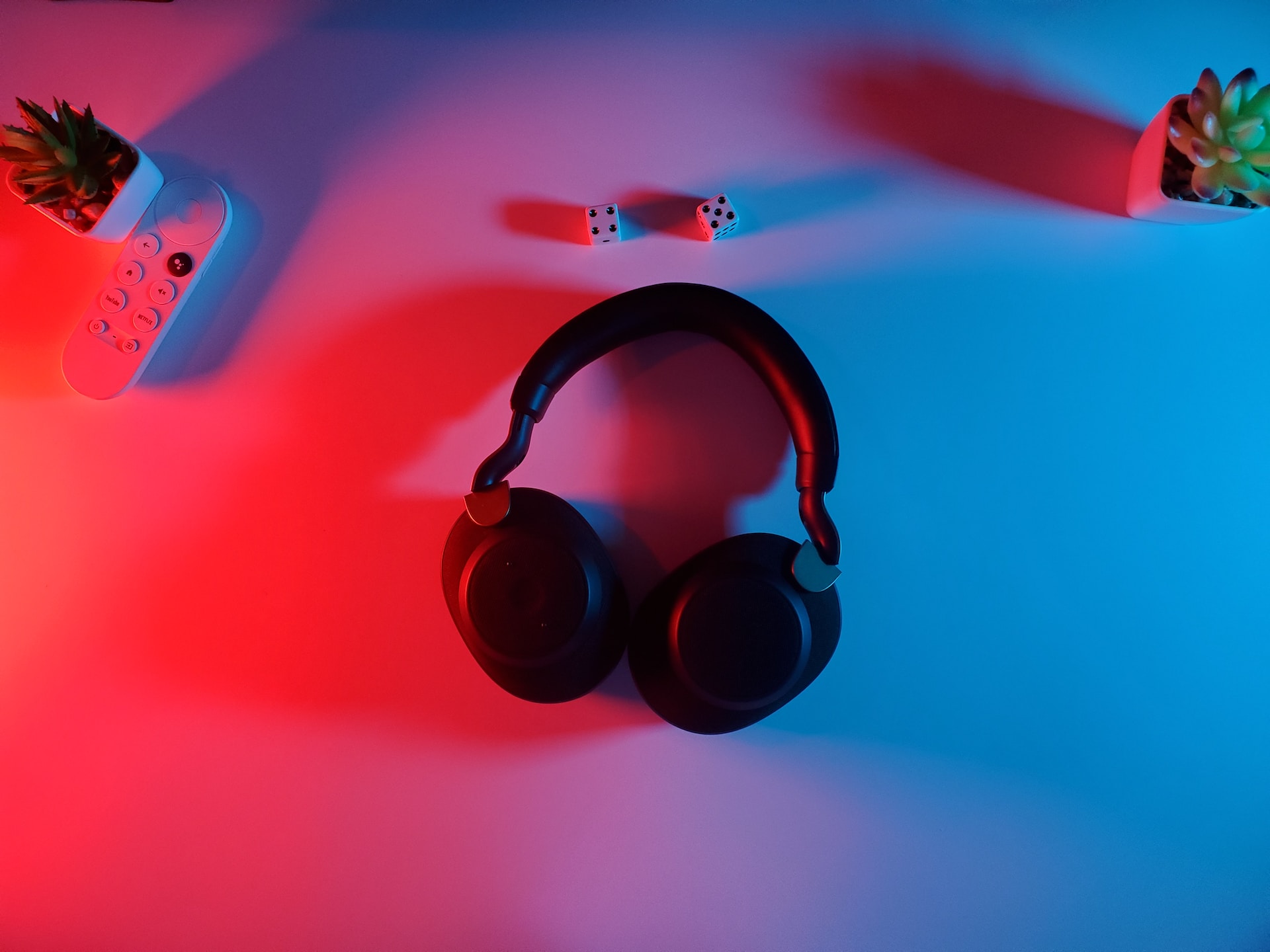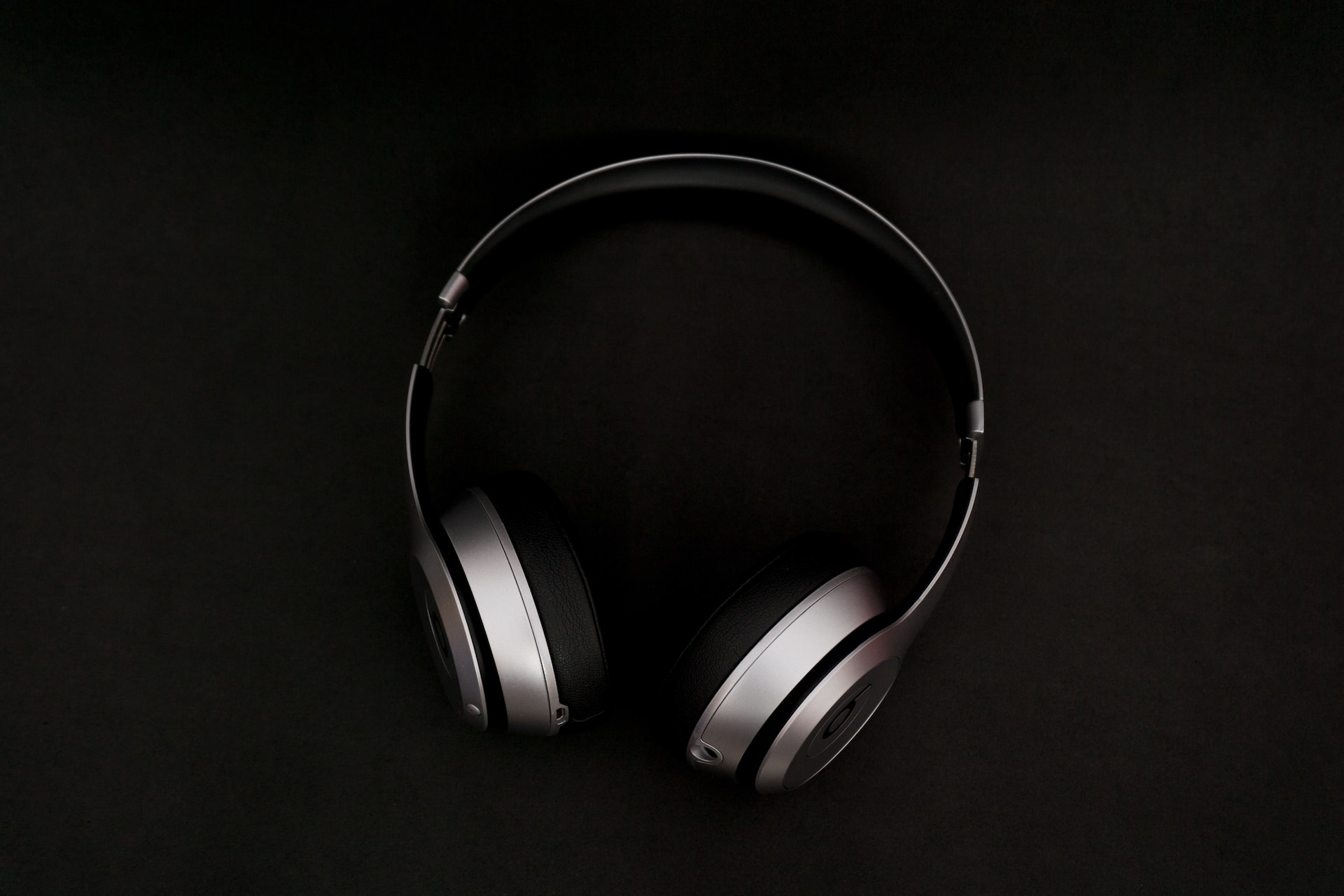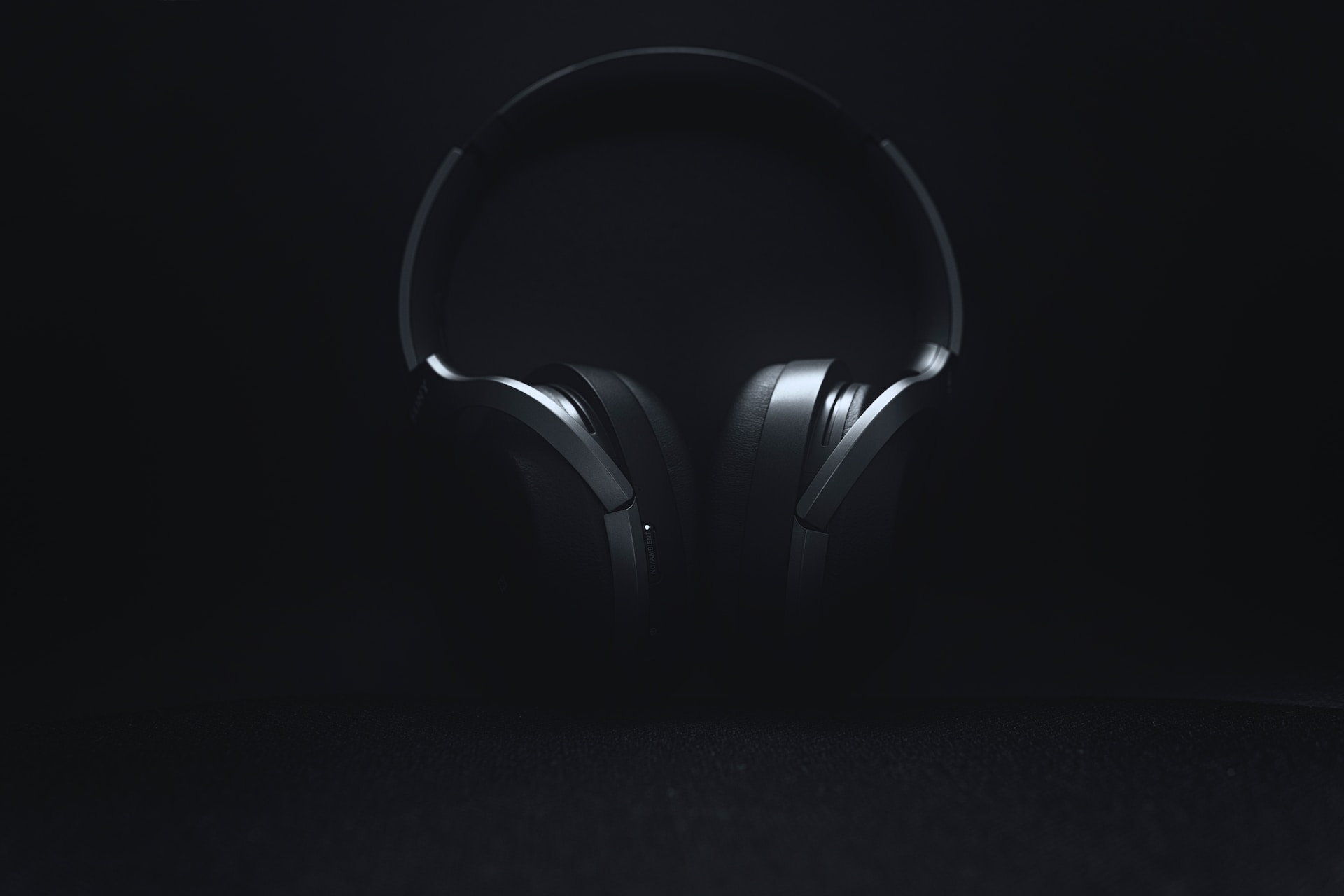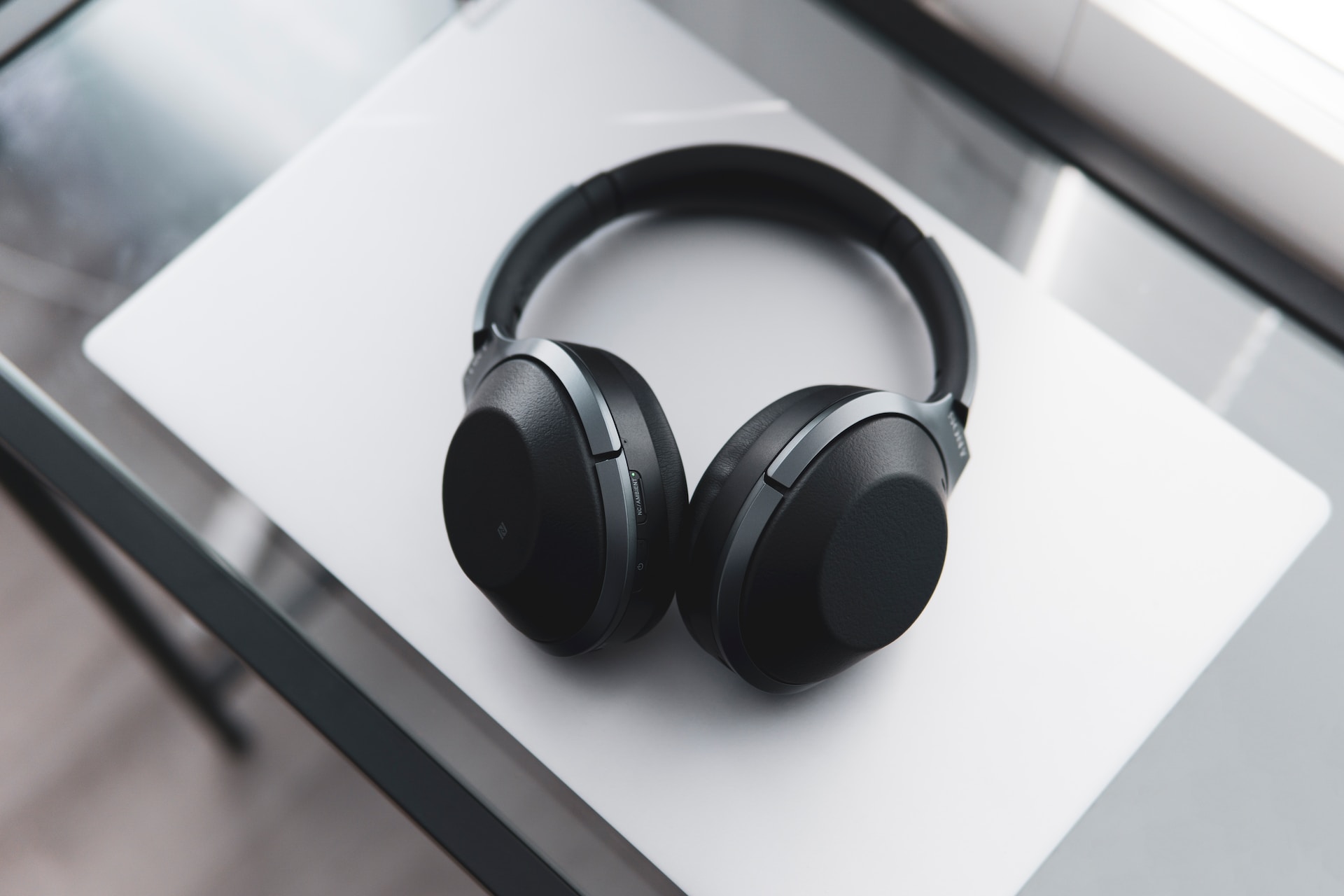If you’re looking for a new pair of headphones, you might be wondering how to choose the best ones for your needs. One of the most important factors to consider is sound quality, which is how accurately audio is reproduced as intended by the producer or engineer.
Sound quality can make or break your listening experience, whether you’re enjoying music, movies, podcasts, or games. But how can you tell if a pair of headphones has good sound quality? And what are the best headphones for sound quality on the market?
In this article, we’ll answer these questions and more. We’ll explain what sound quality means, how we test it, and how we score it. We’ll also give you some tips on how to find the right headphones for your sound preferences, based on your music genre, device, and budget.
Let’s get started!
What is Sound Quality and Why Does it Matter?
Sound quality is a measurement of accuracy and enjoyability. It’s how well a pair of headphones can reproduce the natural sound of audio sources, such as instruments, vocals, or effects.
Sound quality is influenced by many factors, such as the design, materials, drivers, features, and settings of the headphones. It’s also subjective, as different listeners may have different preferences for how they like their audio to sound.
However, there are some objective ways to measure sound quality using tools and criteria that can compare different headphones based on their performance.
Sound quality matters because it affects your enjoyment and satisfaction with your audio content. Good sound quality can enhance your immersion, emotion, and attention to detail. Bad sound quality can ruin your mood, cause fatigue, or distract you from what you’re listening to.
Therefore, if you want to get the most out of your audio content, you should look for headphones that have good sound quality.
How We Test Sound Quality of Headphones
At Great Sounds, we use a rigorous testing methodology to evaluate the sound quality of headphones. To provide you with an accurate and thorough picture of how each pair of headphones sounds, we employ a combination of objective measures and subjective ratings.
In a controlled environment, we utilize an artificial head with microphones in its ears to record the output of the headphones. The recordings are then analyzed using software that generates graphs and scores based on various characteristics of sound quality.
Some of the aspects of sound quality that we test are:
-
Frequency Response:
This is how well the headphones can reproduce the full range of audible frequencies, from low bass to high treble. It affects the sound signature of the headphones, which is how they emphasize or de-emphasize certain frequencies. For example, some headphones may have a bass-heavy sound, while others may have a bright or neutral sound. A good frequency response should be balanced and consistent across the frequency spectrum, without any peaks or dips that may cause distortion or imbalance.
-
Frequency Response Consistency:
This is how well the headphones can maintain their frequency response after re-positioning them on your ears. It shows how reliable and stable the headphones are in delivering the same sound quality every time you use them. A good frequency response consistency should be high, meaning that the headphones sound the same regardless of how you wear them.
-
Total Harmonic Distortion:
This is how much the headphones add unwanted noise or artifacts to the original audio signal. It affects the clarity and accuracy of sound reproduction, as well as the dynamic range and loudness of the headphones. A good total harmonic distortion should be low, meaning that the headphones do not introduce any noticeable distortion or noise to the audio.
-
Soundstage and Imaging:
These are how well the headphones can create a sense of space and direction in sound. They affect how realistic and immersive the sound is, as well as how easy it is to locate and separate different sound sources. A good soundstage should be wide and spacious, meaning that the headphones can simulate a large and open environment. Good imaging should be accurate and precise, meaning that the headphones can pinpoint the exact position and distance of each sound source.
We use these aspects of sound quality to score each pair of headphones on a scale from 1 to 10, with 10 being the best. We also take into account other factors, such as comfort, design, features, and price, to give you an overall rating and recommendation for each pair of headphones.
Our Score for Sound Quality of Headphones
Based on our testing methodology, we have ranked hundreds of headphones according to their sound quality. We have also categorized them into different types, such as over-ear, on-ear, in-ear, wireless, noise-cancelling, and gaming headphones.
Here are some of our top picks for the best and worst sound quality headphones in each category:
The Best Sound Quality Headphones
-
Over-Ear Headphones:
The Sennheiser HD 800 S is our top choice for over-ear headphones with excellent sound quality. They have a balanced and neutral frequency response that can reproduce any genre of music with accuracy and detail. They also have a wide and spacious soundstage that can create a realistic and immersive listening experience. They are comfortable and durable, but they are also very expensive and require an amplifier to drive them properly.
-
On-Ear Headphones:
The Grado SR80e is our top choice for on-ear headphones with excellent sound quality. They have a bright and lively frequency response that can bring out the clarity and sparkle of vocals and instruments. They also have a decent soundstage that can create a sense of space and depth in sound. They are lightweight and portable, but they are also very leaky and lack isolation.
-
In-Ear Headphones:
The Etymotic ER4XR is our top choice for in-ear headphones with excellent sound quality. They have a neutral and accurate frequency response that can reproduce any genre of music with precision and detail. They also have a low total harmonic distortion that can ensure a clean and clear sound reproduction. They are comfortable and isolating, but they are also very expensive and lack bass.
-
Wireless Headphones:
The Sony WH-1000XM4 is our top choice for wireless headphones with excellent sound quality. They have a customizable frequency response that can suit your personal preferences and music genres. They also have an active noise cancellation feature that can block out ambient noise and enhance your listening experience. They are comfortable and feature-rich, but they are also very pricey and have a mediocre microphone.
-
Noise-Cancelling Headphones:
The Bose QuietComfort 35 II is our top choice for noise-cancelling headphones with excellent sound quality. They have a balanced and smooth frequency response that can reproduce any genre of music with warmth and detail. They also have an effective noise cancellation feature that can reduce background noise and improve your listening experience. They are comfortable and easy to use, but they are also very expensive and have a subpar battery life.
-
Gaming Headphones:
The SteelSeries Arctis Pro Wireless is our top choice for gaming headphones with excellent sound quality. They have a versatile frequency response that can handle both gaming and music with accuracy and punch. They also have a great soundstage and imaging that can create a realistic and immersive gaming experience. They are comfortable and wireless and have a long battery life, but they are also very expensive and have a bulky design.
The Worst Sound Quality Headphones
-
Over-Ear Headphones:
The Beats Solo3 Wireless are our worst choice for over-ear headphones with poor sound quality. They have a bass-heavy and muddy frequency response that can drown out the mids and highs of music. They also have a narrow and closed soundstage that can create a dull and flat listening experience. They are stylish and wireless, but they are also very overpriced and uncomfortable.
-
On-Ear Headphones:
The Skullcandy Grind Wireless are our worst choice for on-ear headphones with poor sound quality. They have a boomy and harsh frequency response that can distort the sound of music. They also have a poor soundstage and imaging that can create a confusing and chaotic listening experience. They are cheap and wireless, but they are also very flimsy and leaky.
-
In-Ear Headphones:
The Apple EarPods are our worst choice for in-ear headphones with poor sound quality. They have a thin and tinny frequency response that can lack bass and detail. They also have a high total harmonic distortion that can add noise and artifacts to the sound. They are convenient and ubiquitous, but they are also very low-quality and non-isolating.
-
Wireless Headphones:
The JBL Tune 500BT are our worst choice for wireless headphones with poor sound quality. They have a dark and veiled frequency response that can make music sound dull and lifeless. They also have a mediocre noise isolation feature that can let in ambient noise and reduce your listening experience. They are affordable and wireless, but they are also very bulky and have a short battery life.
-
Noise-Cancelling Headphones:
The Anker Soundcore Life Q20 are our worst choice for noise-cancelling headphones with poor sound quality. They have a bloated and sibilant frequency response that can make music sound unnatural and harsh. They also have an ineffective noise cancellation feature that can barely block out background noise and improve your listening experience. They are cheap and wireless, but they are also very plasticky and have a poor microphone.
-
Gaming Headphones:
The Logitech G432 is our worst choice for gaming headphones with poor sound quality. They have a scooped and uneven frequency response that can make gaming sound muffled and unbalanced. They also have a bad soundstage and imaging that can create a unrealistic and unimmersive gaming experience. They are comfortable and wired, but they are also very cheaply made and have a terrible microphone.
How to Choose the Right Headphones for Your Sound Preferences
Now that you know how we test and score sound quality of headphones, you might be wondering how to choose the right headphones for your sound preferences. After all, sound quality is not the only factor to consider when buying headphones. You also need to think about your music genre, device, and budget.
To help you find the best headphones for your needs, we have created some tables that show how different factors affect the sound quality of headphones, and which headphones are suitable for each factor.
Music Genre
Different music genres require different sound profiles to bring out their best qualities. For example, rock music may need more bass and treble to add energy and excitement, while classical music may need more midrange and detail to add clarity and nuance.
Here is a table that shows how different music genres require different sound profiles, and which headphones are suitable for each genre:
| Music Genre | Sound Profile | Suitable Headphones |
|---|---|---|
| Rock | Bass-heavy, bright, energetic | Beats Solo3 Wireless, Grado SR80e, Sony WH-1000XM4 |
| Pop | Balanced, smooth, warm | Bose QuietComfort 35 II, Sennheiser HD 800 S, Etymotic ER4XR |
| Hip Hop | Bass-heavy, punchy, clear | Beats Solo3 Wireless, Sony WH-1000XM4, SteelSeries Arctis Pro Wireless |
| Jazz | Neutral, detailed, spacious | Sennheiser HD 800 S, Etymotic ER4XR, Grado SR80e |
| Classical | Neutral, detailed, spacious | Sennheiser HD 800 S, Etymotic ER4XR, Bose QuietComfort 35 II |
| Electronic | Bass-heavy, bright, energetic | Beats Solo3 Wireless, Sony WH-1000XM4, SteelSeries Arctis Pro Wireless |
| Metal | Bass-heavy, bright, energetic | Beats Solo3 Wireless, Grado SR80e, Sony WH-1000XM4 |
| R&B | Balanced, smooth, warm | Bose QuietComfort 35 II, Sennheiser HD 800 S, Etymotic ER4XR |
| Country | Balanced, smooth, warm | Bose QuietComfort 35 II, Sennheiser HD 800 S, Etymotic ER4XR |
Device
Different devices affect the sound quality of headphones in different ways. For example, some devices may have a built-in amplifier or equalizer that can boost or adjust the sound of the headphones, while others may have a low output power or quality that can limit or degrade the sound of the headphones.
Here is a table that shows how different devices affect the sound quality of headphones, and which headphones are compatible with each device:
| Device | Sound Quality Effect | Compatible Headphones |
|---|---|---|
| Smartphone | Low output power and quality, may need an external amplifier or DAC to drive high-impedance or high-end headphones | Wireless headphones, low-impedance headphones, noise-cancelling headphones |
| Laptop | Moderate output power and quality, may have a built-in equalizer or software to enhance the sound of the headphones | Wireless headphones, low-impedance headphones, noise-cancelling headphones, gaming headphones |
| PC | High output power and quality, may have a dedicated sound card or external amplifier or DAC to drive high-impedance or high-end headphones | Wired headphones, high-impedance headphones, gaming headphones |
| MP3 Player | Low to moderate output power and quality, may have a built-in equalizer or software to enhance the sound of the headphones | Wireless headphones, low-impedance headphones, noise-cancelling headphones |
| TV | Moderate to high output power and quality, may have a built-in equalizer or software to enhance the sound of the headphones | Wireless headphones, low-impedance headphones, noise-cancelling headphones |
Budget
Different price ranges affect the sound quality of headphones in different ways. For example, some price ranges may offer more features and options that can improve the sound quality of the headphones, while others may compromise on sound quality to save on costs.
Here is a table that shows how different price ranges affect the sound quality of headphones, and which headphones offer the best value for money in each range:
| Price Range | Sound Quality Effect | Best Value Headphones |
|---|---|---|
| Under £50 | Low sound quality, may have poor frequency response, distortion, soundstage, and imaging, and may lack features and options that can improve sound quality | Skullcandy Grind Wireless, JBL Tune 500BT, Anker Soundcore Life Q20 |
| £50 – £100 | Moderate sound quality may have decent frequency response, distortion, soundstage, and imaging, may have some features and options that can improve sound quality | Sony WH-CH710N, Sennheiser HD 4.40 BT, Logitech G432 |
| £100 – £200 | High sound quality, may have good frequency response, distortion, soundstage, and imaging, may have many features and options that can improve sound quality | Bose QuietComfort 35 II, SteelSeries Arctis Pro Wireless, Grado SR80e |
| £200 – £500 | Very high sound quality may have excellent frequency response, distortion, soundstage, and imaging, and may have premium features and options that can improve sound quality | Sony WH-1000XM4, Sennheiser HD 660 S, Etymotic ER4XR |
| Over £500 | Exceptional sound quality may have outstanding frequency response, distortion, soundstage, and imaging, and may have luxury features and options that can improve sound quality | Sennheiser HD 800 S |
Conclusion
In conclusion, sound quality is one of the most important factors to consider when buying headphones. It can affect your enjoyment and satisfaction with your audio content.
To help you find the best headphones for your needs, we have tested and scored hundreds of headphones based on their sound quality. We have also given you some tips on how to choose the right headphones for your sound preferences based on your music genre device and budget.
We hope you found this article helpful and informative. If you have any questions or feedback about our score and test for sound quality of headphones please let us know in the comments below.
Thank you for reading and happy listening!
Frequently Asked Questions
Here are some frequently asked questions about our score and test for the sound quality of headphones:
How do you measure frequency response?
We measure frequency response using software that can generate a graph showing how well the headphones can reproduce different frequencies from 20 Hz to 20 kHz. The graph shows the amplitude (loudness) of each frequency in decibels (dB). A flat line means that the headphones have a balanced frequency response. A curved line means that the headphones have a boosted or reduced frequency response.
How do you measure total harmonic distortion?
We measure total harmonic distortion using software that can generate a graph showing how much noise or artifacts are added by the headphones to the original audio signal. The graph shows the percentage (%) of distortion at different frequencies from 20 Hz to 20 kHz. A low percentage means that the
headphones have a low total harmonic distortion. A high percentage means that the headphones have a high total harmonic distortion.
How do you measure soundstage and imaging?
We measure soundstage and imaging using a software that can generate a graph showing how well the headphones can create a sense of space and direction in sound. The graph shows the interaural level difference (ILD) and interaural time difference (ITD) of different sound sources from -90° to 90°. A high ILD and ITD mean that the headphones have a wide and accurate soundstage and imaging. A low ILD and ITD means that the headphones have a narrow and inaccurate soundstage and imaging.
How do you score the sound quality of headphones?
We score the sound quality of headphones using a scale from 1 to 10, with 10 being the best. We use a weighted average of the results of our tests, as well as other factors such as comfort, design, features, and price, to give an overall rating and recommendation for each pair of headphones.
What are the best headphones for sound quality?
The best headphones for sound quality are the ones that can reproduce the natural sound of audio sources with accuracy and detail, without adding any distortion or noise. They also have a balanced and consistent frequency response, a low total harmonic distortion, and a wide and spacious soundstage and imaging. Some examples of the best headphones for sound quality are the Sennheiser HD 800 S, the Etymotic ER4XR, and the Sony WH-1000XM4.
What are the worst headphones for sound quality?
The worst headphones for sound quality are the ones that can distort or degrade the sound of audio sources with inaccuracy and noise. They also have a boosted or reduced frequency response, a high total harmonic distortion, and a narrow and closed soundstage and imaging. Some examples of the worst headphones for sound quality are the Beats Solo3 Wireless, the Apple EarPods, and the Anker Soundcore Life Q20.
How do I choose the right headphones for my sound preferences?
To choose the right headphones for your sound preferences, you need to consider your music genre, device, and budget. To highlight the greatest aspects of each musical genre, specific sound profiles are needed. Headphones’ audio quality is affected by various gadgets in varying degrees. The sound quality of headphones varies depending on price points.You need to find headphones that match your listening taste, based on these factors.
How do I adjust the sound quality of my headphones?
To adjust the sound quality of your headphones, you can use an equalizer or software that can modify the frequency response of your headphones. You can also use an amplifier or DAC that can boost or improve the output power or quality of your device. You can also try different ear tips or pads that can affect the fit and seal of your headphones.
How do I take care of my headphones?
To take care of your headphones, you should store them in a case or pouch when not in use, to protect them from dust, moisture, or damage. You should also clean them regularly with a soft cloth or brush, to remove any dirt or debris that may affect their performance. You should also avoid exposing them to extreme temperatures or humidity, or dropping them or pulling them too hard.
Where can I buy headphones?
Headphones can be purchased from a variety of online and offline sites, including Amazon, Best Buy, Walmart, and Target. You can also purchase headphones straight from the websites of manufacturers such as Sennheiser, Sony, and Bose. Before making a buying selection, you can also examine pricing and reviews from various sites.


